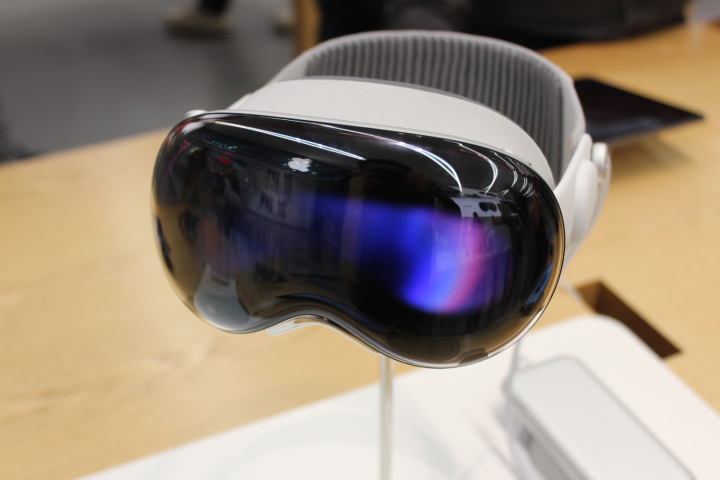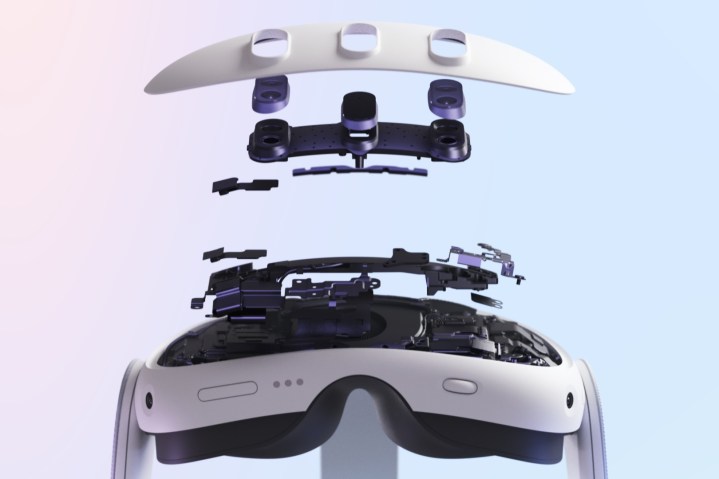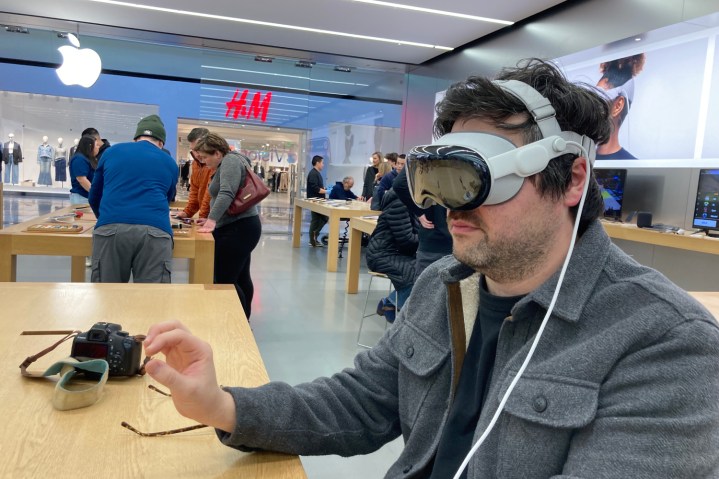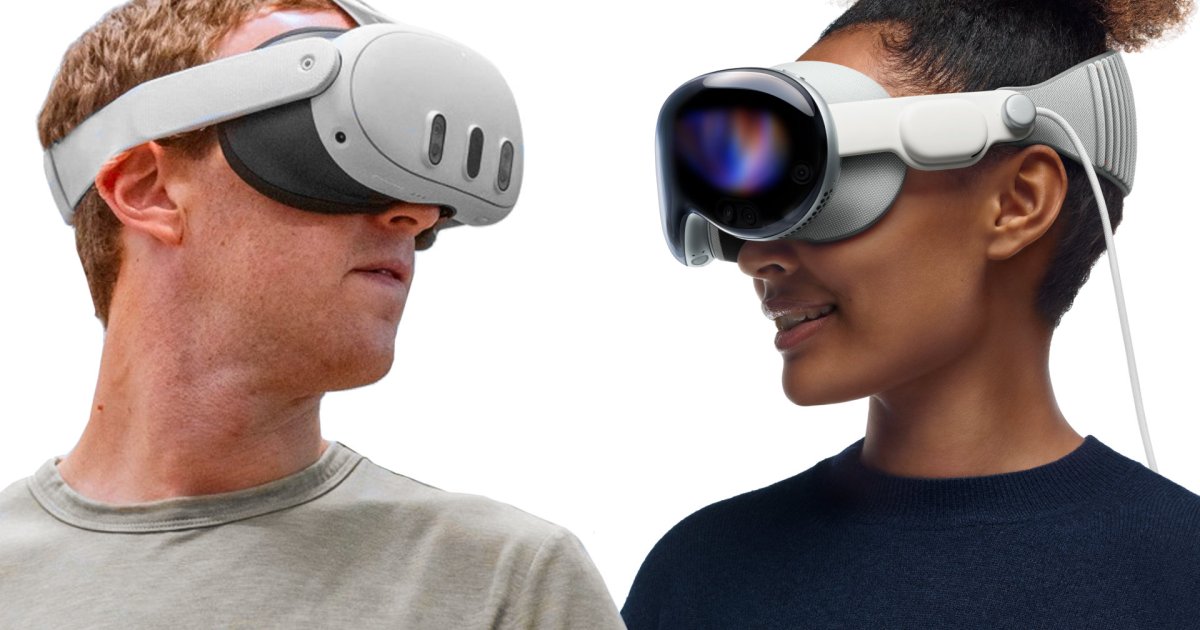
Meta’s Quest 3 VR headset costs a fraction of Apple’s Vision Pro, and while it didn’t grab as many headlines, a humble Quest 3 quietly does several things better than Apple’s ultra-premium spatial computer.
It’s a topic that’s been a source of contention in social media lately as Vision Pro fans fend off feisty Quest 3 owners who claim Meta’s popular, low-cost device is still the best VR headset at one-seventh the price.
Here are three ways the Quest 3 is better than Apple’s Vision Pro.
VR gaming

There’s really no comparison when it comes to VR gaming. Meta has been making the bestselling VR headsets for several years and the primary purpose has been gaming. The metaverse company has also pumped a ton of money into the VR industry, inspiring developers to build games for the Quest platform despite the relatively small user base.
Every Quest headset is backward compatible. That means the Quest 3 can run games made for the Quest 2 and the original Quest headset, unlocking a library that’s been growing since 2019. With hundreds of games made specifically for VR, you’ll have plenty of variety available, all in 360-degree immersive environments with surround sound.
By comparison, the Vision Pro has only a handful of VR games, or spatial games, in Apple’s parlance. Vision Pro owners can play iPad games in large flat windows and Apple Arcade has a deep library for interactive fun as consolation.

Even the Vision Pro’s spatial games have limitations that will make it difficult to port many VR games to Apple’s headset. For example, how do you aim and pull a trigger without a VR controller? How do you move further than your physical walls without a thumbstick?
I predict that some big game studio will design a Vision Pro VR controller to accompany a compelling spatial game since both are desperately needed. It might take several months to arrive, though.
The Vision Pro has enough processing power and graphics quality to shame the Quest 3, but only when the problems mentioned above are solved.
Display and optics

Apple is often selective with which specifications it shares. For example, it never gives the iPhone’s battery capacity, only its expected runtime. As long as owners are happy, those details don’t matter. But it would still be nice to know for the sake of comparisons.
Humans have an incredible visual range, averaging over 200 degrees horizontally. However, much of that is peripheral vision at the edges of the eye to sense movement, but with little detail. The middle 100 to 120 degrees is more important since that provides depth perception. We can see the best in the central 60 degrees, so our eyes naturally move around the page as we read.
Ideally, a VR headset should have a wide FoV for the best sense of being in a virtual world. The Quest 3 has a horizontal FoV of 110 degrees, which means you might not notice the edges of the screen at all. On the Vision Pro, some reviewers familiar with VR headsets, like Marques Brownlee on YouTube, have mentioned seeing a black border around the display. For others, it’s not a problem, but everyone agrees Meta’s Quest 3 has better FoV.
Central clarity is good with either headset, but Apple’s Vision Pro features more than twice the resolution of the Quest 3. That makes a difference if you’re trying to read small print or examine still images in detail. It’s a headline feature of the Vision Pro and one of the reasons it costs so much.
The Vision Pro uses micro-OLED displays that offer a much wider dynamic range than the LCD panels in the Quest 3. However, there are some trade-offs with OLED technology. Once things start moving around, experienced VR users note that the Vision Pro’s display has noticeable persistence, causing a bit of motion blur.
Overall, the Vision Pro’s image quality is among the best for any headset, but there are some areas where Meta’s Quest 3 wins.
Best value

Value is always subjective, but few can argue the fact that the Meta Quest 3 has a huge advantage in this category. Overall, it’s the best VR headset ever made by the world’s leading VR manufacturer.
While the Vision Pro makes a huge dent in your wallet with its $3,500 price tag, the Quest 3 is made for the masses. The $500 Quest 3 is priced so low that Meta must have little to no profit margin on this device.
It’s not only about the money. The Quest 3 can handle many of the same jobs the Vision Pro is being tasked with. Want to see multiple browser windows and watch videos while cooking a meal? You can do that in either VR headset.
Need to connect to your Mac to scan or print a document? Apple gave the Vision Pro a window to your Mac, but Meta provides up to three windows via Horizon Workrooms when you install the macOS app.
The elephant in the room is VR gaming, as mentioned above. The Quest 3 blows the Vision Pro out of the water with a massive library of VR games and compatibility with SteamVR when connected to a VR-ready gaming PC. Apple’s spatial games selection is quite small and it could take years to catch up to Meta.
Which is right for you?

If you demand the best regardless of the cost, you’ll probably want the Apple Vision Pro. The eye tracking, hand gestures, navigation, and image quality are unparalleled, making the system feel like something new in the space.
If you don’t own a VR headset yet, the Vision Pro’s $3,500 starting price might put Apple’s first spatial computing platform out of reach. For most consumers, the Quest 3 is a wonderful choice and a great introduction to what’s possible with a mixed-reality headset.
If you already own a Quest 3, it’s hard to justify the expense of a Vision Pro. In fact, Meta’s $500 Quest 3 actually beats the Vision Pro in some ways, and you’ll have $3,000 left to spend elsewhere.
Editors’ Recommendations

